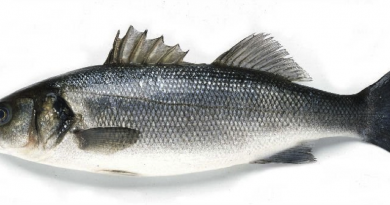Fly Fishing for Pollock
fly fishing for pollock: Pollock are a predatory saltwater species form the
cod family, they are a great sport fish and plentiful in inshore waters.
- Location: Look for rocky shorelines, reefs, and other areas where
pollock may be feeding. Pollock are often found in schools, so if you
catch one, there’s a good chance there are more in the area. - Gear: When fly fishing for pollock, use a 9-10 weight rod with a fast
action and a sturdy reel with a strong drag system. Use a floating or
intermediate line with a 20-30 lb test leader. - Flies: Pollock are aggressive feeders and will take a variety of flies.
Use patterns that mimic baitfish such as Clouser Minnows,
Deceivers, and Surf Candies. Use flies that are tied with synthetic
materials that can withstand the saltwater environment. - Retrieve: Pollock are active feeders and prefer a fast retrieve. Use
short, quick strips with intermittent pauses to mimic the movement of
a fleeing baitfish. Vary the retrieve until you find what the fish are
responding to. - Technique: When fishing for pollock, it’s important to keep your fly
moving to entice a strike. Cast your fly towards the shore or structure
and retrieve it back towards you, keeping your rod tip low to the
water. - Timing: The best time to fish for pollock is during the spring and fall
when they are actively feeding. Pollock can also be caught in the
summer, but they tend to move to deeper water to escape the
warmer temperatures.
Remember to always check local fishing regulations before heading out
and to practice catch and release whenever possible to help conserve the
fishery.


